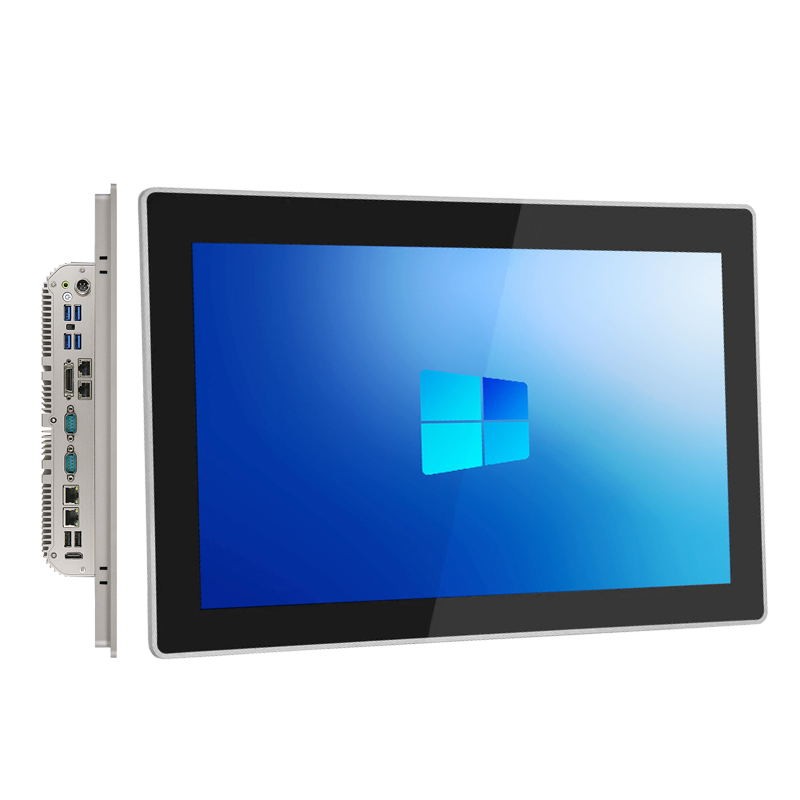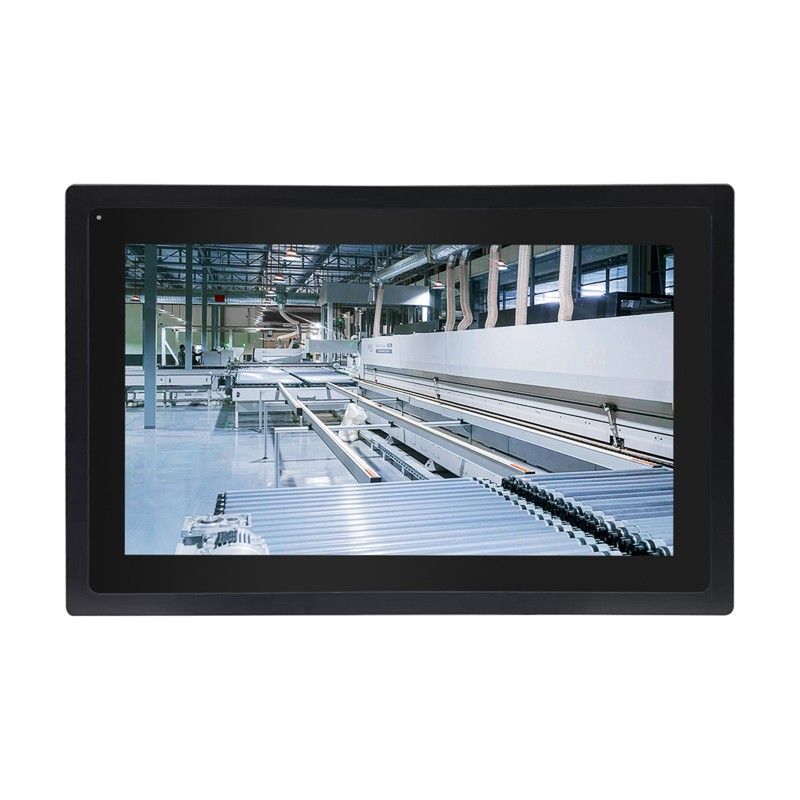Oct. 25, 2024
Choosing a touch screen for outdoor use requires careful consideration of various factors to ensure optimal performance and durability. Unlike indoor screens, outdoor touch screens must withstand changing weather conditions, provide high visibility under sunlight, and resist potential damage from dust, moisture, and impact. In this guide, we’ll walk through the essential features to look for in a high-quality outdoor touch screen, so you can make an informed decision for your business, event, or personal use.
One of the most critical factors for an outdoor touch screen is its brightness level. Outdoor environments have high ambient light, which can make it challenging to see standard screens clearly. High-brightness screens, usually over 1000 nits, are essential for ensuring visibility under direct sunlight.
Anti-Glare Coating: Anti-glare or anti-reflective coatings help reduce the impact of sunlight glare, making it easier to read the screen from different angles.
Enhanced Readability: High-brightness and anti-glare features ensure users can interact with the touch screen effortlessly, even in the brightest conditions.
Optical Boding 1000 Nits LCD Panel
Outdoor touch screens are often exposed to extreme weather conditions, including rain, dust, and fluctuating temperatures. Opting for a weatherproof model ensures that the screen can function effectively despite these challenges.
IP Rating: Look for screens with an IP (Ingress Protection) rating, with IP65 or higher being ideal for most outdoor applications. This rating indicates that the screen is protected from dust and water exposure.
Temperature Control: Temperature-controlled screens, with built-in heaters or cooling systems, help prevent overheating or freezing, which can affect the screen’s responsiveness and longevity.
Outdoor touch screens are at higher risk of accidental impact or vandalism, especially in high-traffic areas. A screen with toughened glass is more resistant to scratches, cracks, and breakage.
Gorilla Glass: Many outdoor screens use Gorilla Glass, which is highly durable and impact-resistant. This material is less likely to shatter or scratch, preserving the screen’s clarity over time.
Safety Features: Toughened glass also provides an extra layer of safety in case of breakage, as it typically shatters into small, less dangerous fragments.
Optical Boding 1000 Nits LCD Panel
Several touchscreen technologies are available, each with unique benefits for outdoor environments. Capacitive and resistive touch screens are the most popular options.
Projected Capacitive Touch (PCAP): PCAP screens offer high durability and sensitivity, making them responsive even when the user is wearing gloves. They are less susceptible to interference from rain or humidity, which is ideal for outdoor settings.
Resistive Touch Screens: Resistive touch screens are more budget-friendly and can be used with gloves or styluses. However, they are typically less durable than capacitive screens, making them less ideal for harsh outdoor conditions.
Prolonged exposure to sunlight can lead to screen discoloration and degradation over time. Choosing an outdoor touch screen with UV protection can significantly enhance its lifespan and maintain image quality.
UV-Resistant Coating: A UV-resistant coating prevents the screen from yellowing and maintains color integrity under intense sunlight.
Enhanced Durability: UV protection not only helps with visibility but also contributes to the screen’s overall durability, ensuring it remains effective in the long term.
In settings where user interaction is essential, such as digital signage or interactive kiosks, multi-touch capabilities allow for a more dynamic and engaging experience. Outdoor touch screens that support multiple touch points can respond to gestures like pinching, zooming, and rotating.
Enhanced Interactivity: Multi-touch screens allow multiple users to interact with the screen simultaneously, perfect for busy environments like transportation hubs or retail spaces.
User-Friendly: Multi-touch technology provides a smoother, more responsive user experience, encouraging longer and more engaging interactions.
Q1: Can outdoor touch screens withstand freezing temperatures?
A1: Yes, many outdoor touch screens are designed with temperature regulation systems that allow them to function in freezing or extreme heat. Always check for the temperature range in the screen’s specifications to ensure it suits your climate.
Q2: What IP rating should I look for in an outdoor screen?
A2: A minimum of IP65 is recommended for outdoor touch screens to ensure they are protected from dust and low-pressure water jets. Higher IP ratings are available for environments with more exposure to water.
Q3: Do outdoor touch screens require maintenance?
A3: Outdoor touch screens are generally low-maintenance, but occasional cleaning and inspection are recommended to ensure screen clarity and responsiveness. Regular checks on weather seals and temperature controls can also help prolong the screen’s life.
Choosing the right touch screen for outdoor use requires an understanding of your environment and usage needs. With the right mix of durability, visibility, and user interactivity, you can select an outdoor screen that will serve effectively, even in challenging conditions.
For more information or assistance in finding the outdoor touch screen for digital signage application, contact us. SHINHO is your trusted supplier for all your touch screen needs!
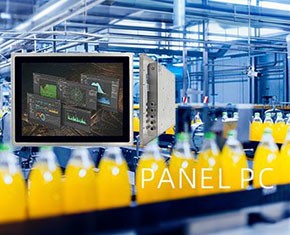

Custom Industrial Panel PCs for Specialized Applications
Nov. 21, 2025

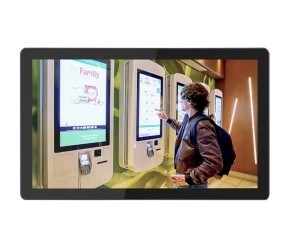
How Do Touchscreen Monitors Enhance Productivity?
Nov. 18, 2025
24 inch Touch Panel PC Core I5-9400 GPU GTX 1050
Intel Core i5-9400 desktop processor with RAM DDR4 8GB and SSD 128GB.
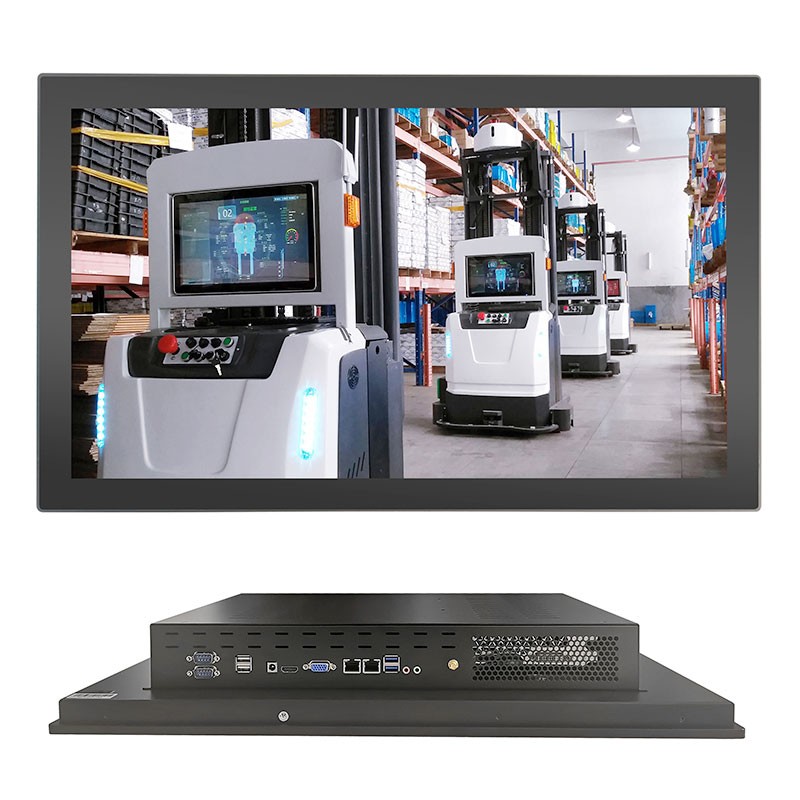
Industrial Panel PC IP69k Stainless Steel 304 Enclosure 7x24h
EETI waterproof solution, touch can work well with drop water on screen.
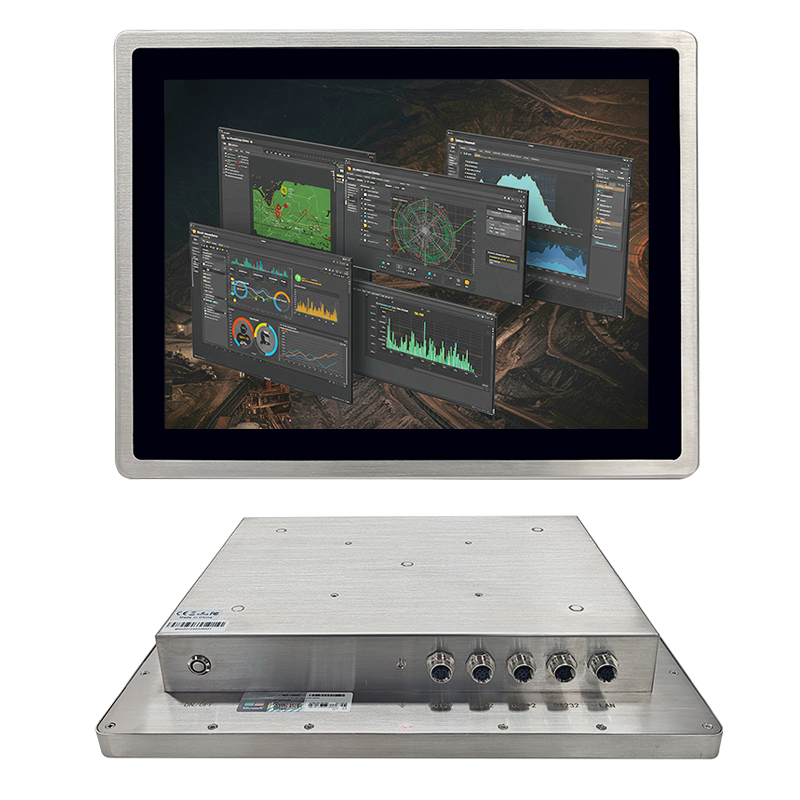

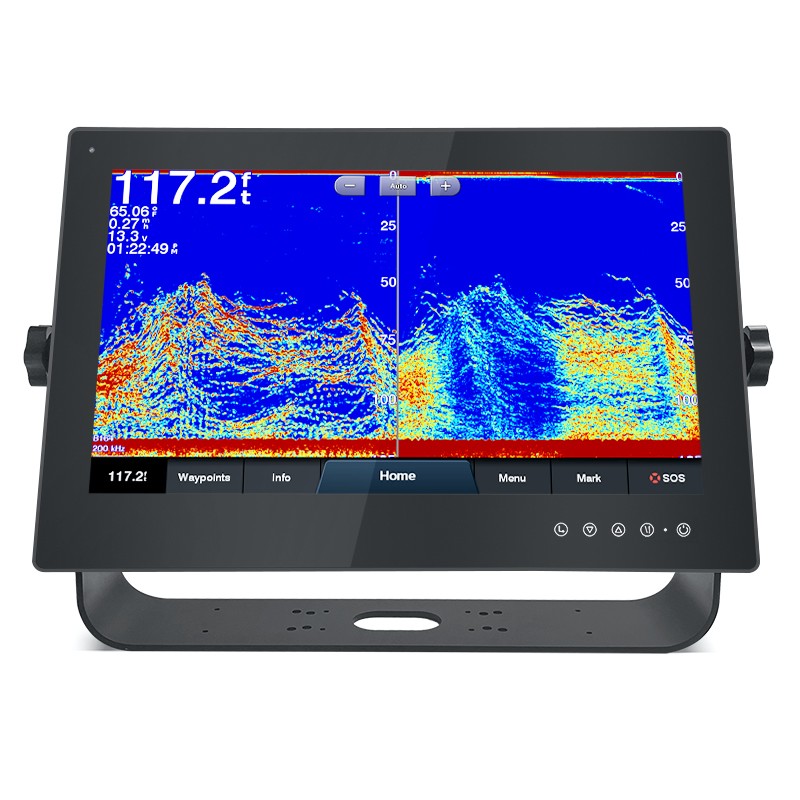
Intel Alder Lake 12th Processor Embedded Mini Computer 6COM 6USB
2*HD-MI,1*Type-C,support synchronous/asynchronous triple display.
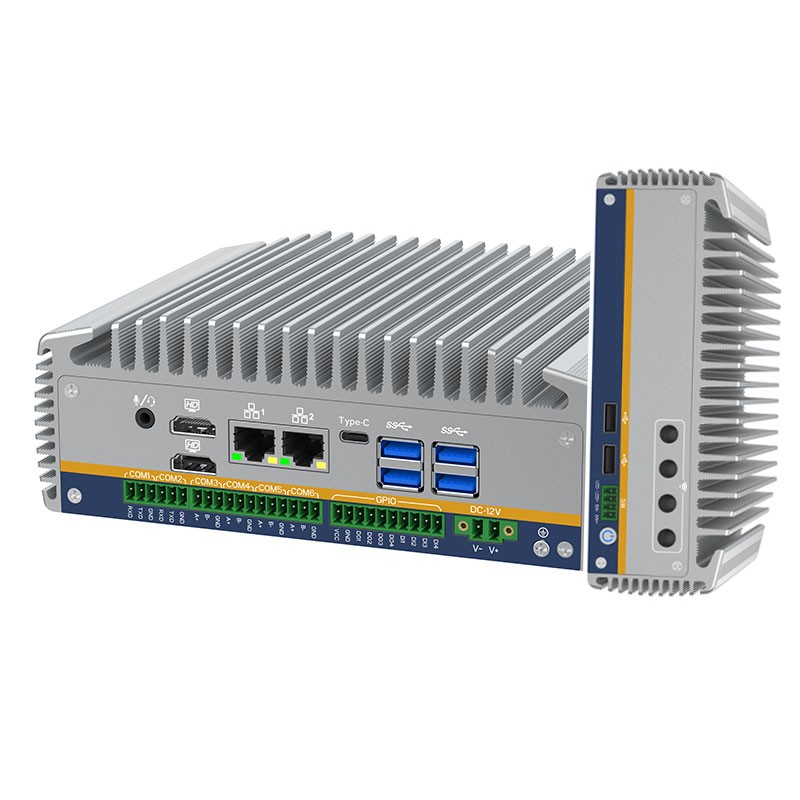
17 Inch Full IP67 Waterproof All In One Panel PC 12th Intel Core I3-1215U
17" 1280*1024 LCD Panel 1000nits, Optical bonding between touch screen and LCD screen
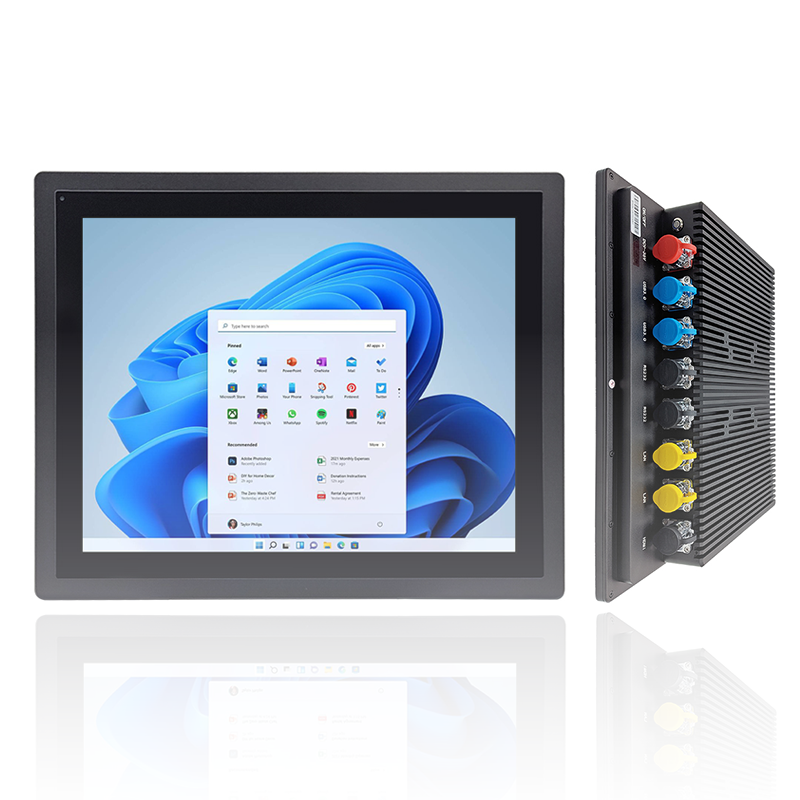
Industrial All In One PC Windows 11 pro SC800M
Intel 10th Celeron J4125/J6412 processor, optional Intel 8/10/11th Core i5/i7, support Windows 11.
